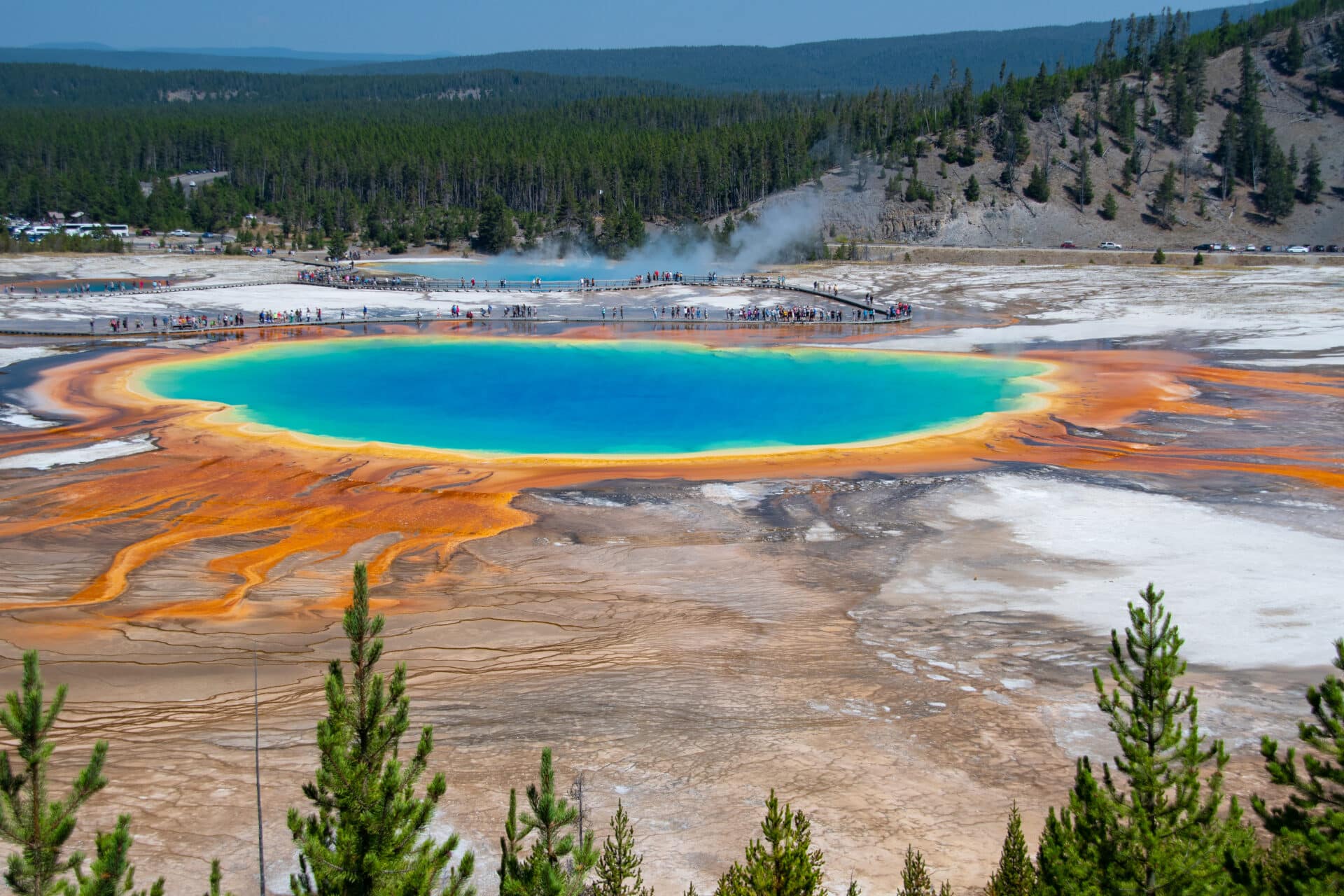Acidic and Basic Solutions
Acidic and basic solutions are two different types of solutions that have distinct characteristics. An acidic solution is one that has a pH lower than 7.0, while a basic solution has a pH higher than 7.0. Acids are sour in taste, while bases are bitter in taste. When an acid is dissolved in water, it releases hydrogen ions (H+). When a base is dissolved in water, it releases hydroxide ions (OH-). In addition, acids react with metals to form salt and release hydrogen gas while bases react with acids to form salt and release water.
The color of an acidic or basic solution can also be used to identify it. An acid will turn litmus paper red, while a base will turn litmus paper blue. The reaction between an acid and base can also be used to determine the strength of each solution; the stronger the acid or base, the stronger the reaction will be when mixed together. Finally, acidic solutions typically have a low electrical conductivity compared to basic solutions which usually have high electrical conductivity.
Distilled Water vs Tap Water
Distilled water is water that has been boiled and condensed into a separate container. It is then free of any minerals or contaminants that are found in tap water. Distilled water is commonly used in laboratories, in car batteries, and for drinking purposes. Tap water, on the other hand, is the water that comes directly from a source such as a lake or river. It contains minerals and other dissolved solids that are beneficial for human health.
The main difference between distilled water and tap water is that distilled water has been purified to remove all impurities, while tap water has not been treated to the same extent. This means that distilled water does not contain any of the minerals or contaminants present in tap water. Distilled water also does not contain any bacteria or other microorganisms, so it is considered safer for drinking purposes than tap water.
Another difference between distilled and tap water is taste. Distilled water tends to have a flat taste because it does not contain any of the minerals or other dissolved solids present in tapwater. Tapwater, on the other hand, can have a distinct taste depending on its source and the type of impurities present in it.
In terms of cost, distilled water tends to be more expensive than tapwater due to its purification process and its scarcity compared to tapwater sources. However, many people prefer drinking distilled water over tapwater because it lacks contaminants and may be safer for consumption than tapwater sources.
Overall, there are several differences between distilled and tapwater including purification methods, taste, cost and safety for consumption. While both types of waters have their advantages and disadvantages depending on one’s needs, many people prefer drinking distilled over tapwater due to its lack of contaminants and safety for consumption purposes.
How is the pH Level of Distilled Water Affected?
The pH level of distilled water is generally neutral, meaning it has a pH level close to 7.0. This is because there are no minerals or other substances in distilled water that could potentially alter its pH level. However, the pH level of distilled water can be affected by external factors such as exposure to air, contact with certain materials, or the addition of chemicals.
When exposed to air, distilled water may become slightly acidic due to the presence of carbon dioxide in the atmosphere. This can cause the pH level of distilled water to drop below 7.0. Additionally, when distilled water comes into contact with certain materials such as metal pipes or plastic containers, it can also become slightly acidic due to a reaction between the material and components in the water.
The addition of chemicals such as chlorine or sodium bicarbonate can also affect the pH level of distilled water. Chlorine can make distilled water more acidic while sodium bicarbonate can make it more alkaline. Depending on how much chemical is added and how long it stays in contact with the water, it is possible for the pH level of distilled water to be significantly altered.
Overall, while distilling removes most impurities from tap water, its neutral pH level can still be affected by external factors such as air exposure and contact with materials or chemicals.

Does Distillation Change the pH Level of Water?
Distilling water is a process of heating the liquid until it vaporizes and then condensing the vapor back into liquid form. During this process, the contaminants and impurities are left behind, leaving pure water. The question is, does distilling affect the pH level of the water?
The answer is yes, distillation can change the pH level of water. The pH level of water is an indicator of its acidity or alkalinity. When distilled, some of the dissolved minerals in the water are removed along with contaminants, which can result in a decrease in pH levels. This means that distilled water is more acidic than non-distilled water.
However, it should be noted that distillers do not necessarily reduce all minerals from the water and so cannot always significantly affect the pH levels. In most cases, distilled and non-distilled waters have similar pH levels because most minerals that would cause an increase in alkalinity remain in both types of water after distillation.
In addition to this, some distillers add minerals back into the distilled water to make it more alkaline and increase its pH levels again. This is usually done with equipment known as mineralizers which add magnesium and calcium ions back into the distilled water to make it more palatable for drinking purposes.
Overall, distillation does have an effect on a water’s pH level but it depends on how much contamination was removed from it during distillation as well as any additional minerals added after distillation.

